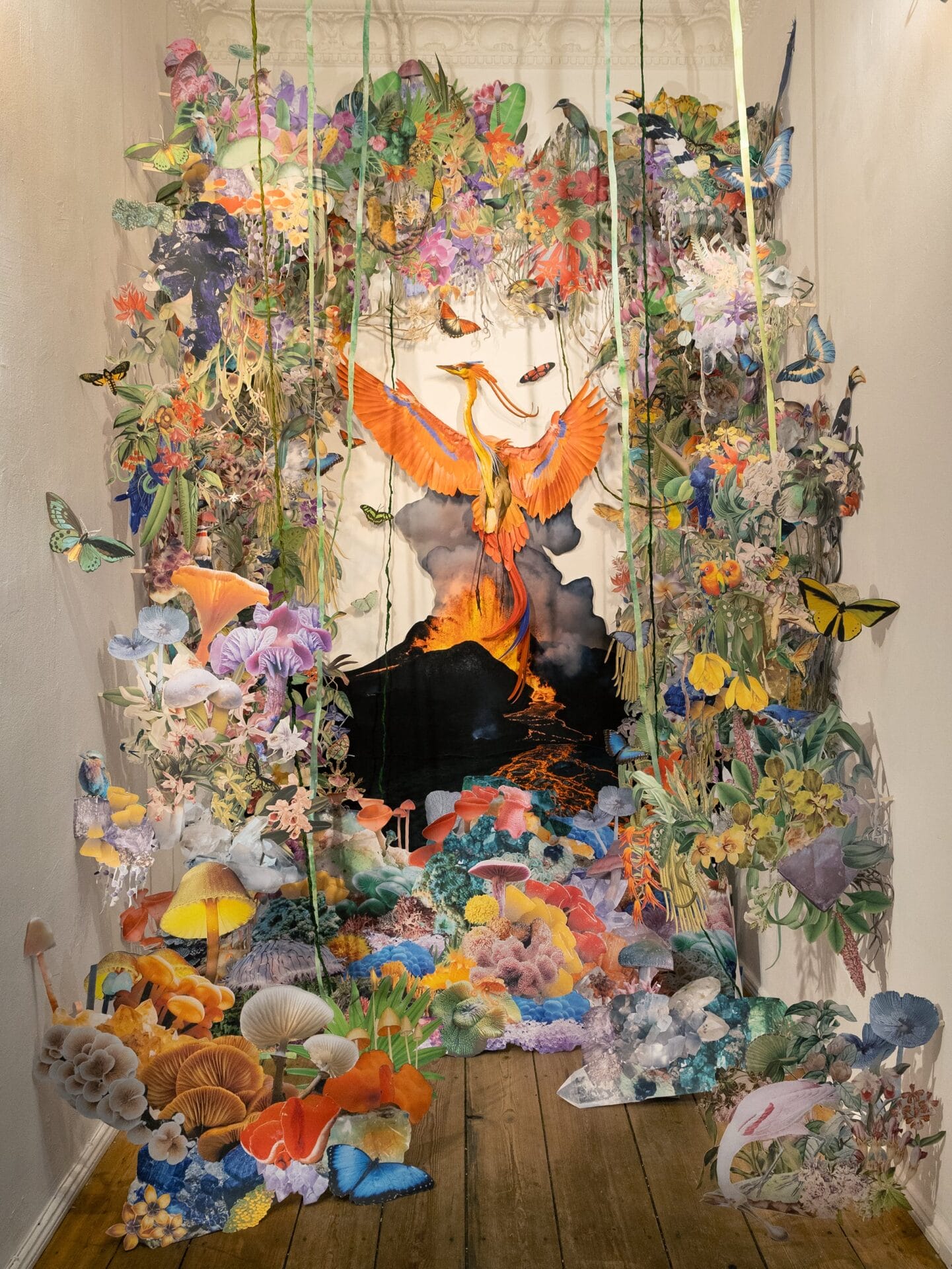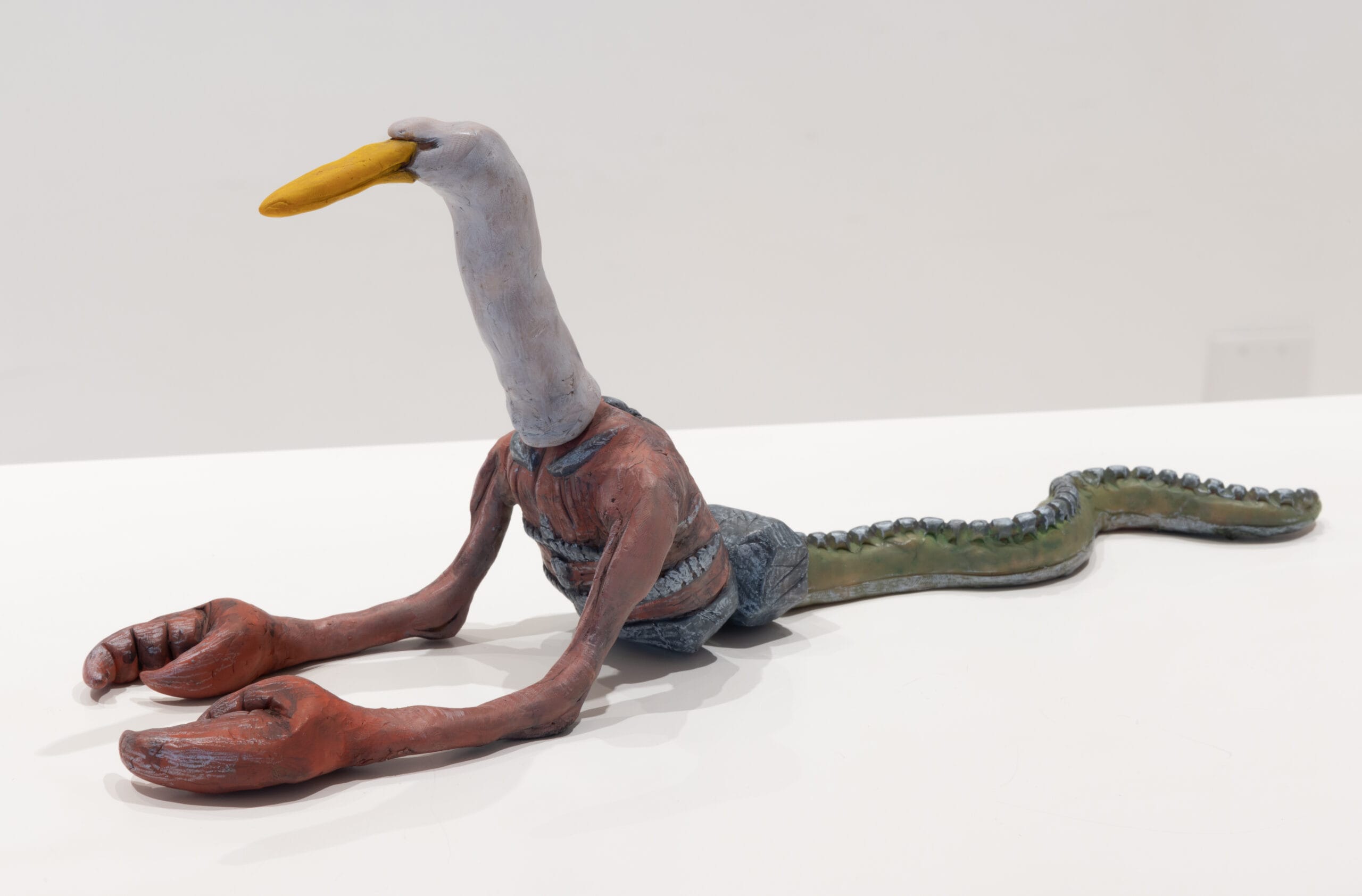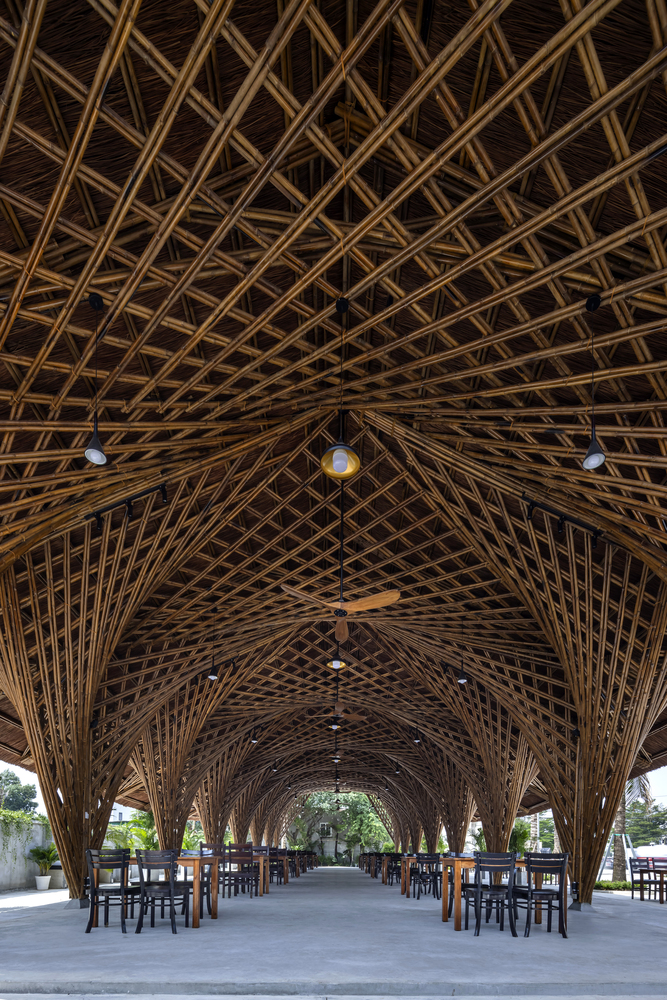
In the Alsace-Lorraine region, bordering northeastern France and western Germany, the town of Illzach was once home to an institute for the blind. Martin Kunz (1847-1923) directed the school at the turn of the century and produce a remarkable series of embossed graphics that visually impaired students could use to learn about nature and geography.
Accompanied by braille descriptions, Kunz’s educational aids depict a wide range of plants, animals, and maps. To create each page, he hand-carved two wood pieces that formed a mold, into which he sandwiched paper to produce raised illustrations.

The material was typically thick, and Kunz soaked it in water before placing it between the blocks so that the natural fibers would soften and stretch into shape. Leaves, fish, herons, crocodiles, crustaceans, and more comprise a wide array of designs that he mass-produced and made available to blind students all over the world.
The library of the Perkins School for the Blind holds a collection of dozens of Kunz’s late-19th and early-20th-century tactile graphics, and you can explore more examples from the collection on the Perkins Library’s Flickr.
Below, learn more about Kunz’s process in a video from the Museum of the American Printing House for the Blind, presented by director Mike Hudson. And keep an eye on the APH’s website for news about The Dot Experience, the organization’s museum expansion set to open in 2026 in Louisville, Kentucky, that applies inclusive design standards and brings disability access to the fore.






Do stories and artists like this matter to you? Become a Colossal Member today and support independent arts publishing for as little as $7 per month. The article Turn-of-the-Century Tactile Graphics Illustrate Nature for People Who Are Blind appeared first on Colossal.



